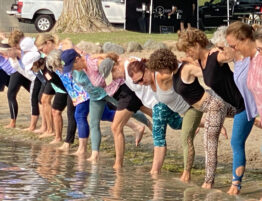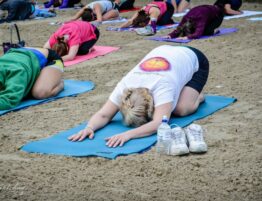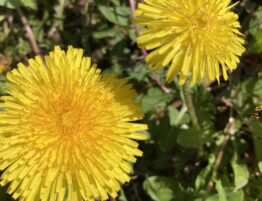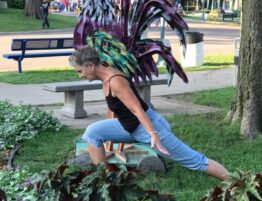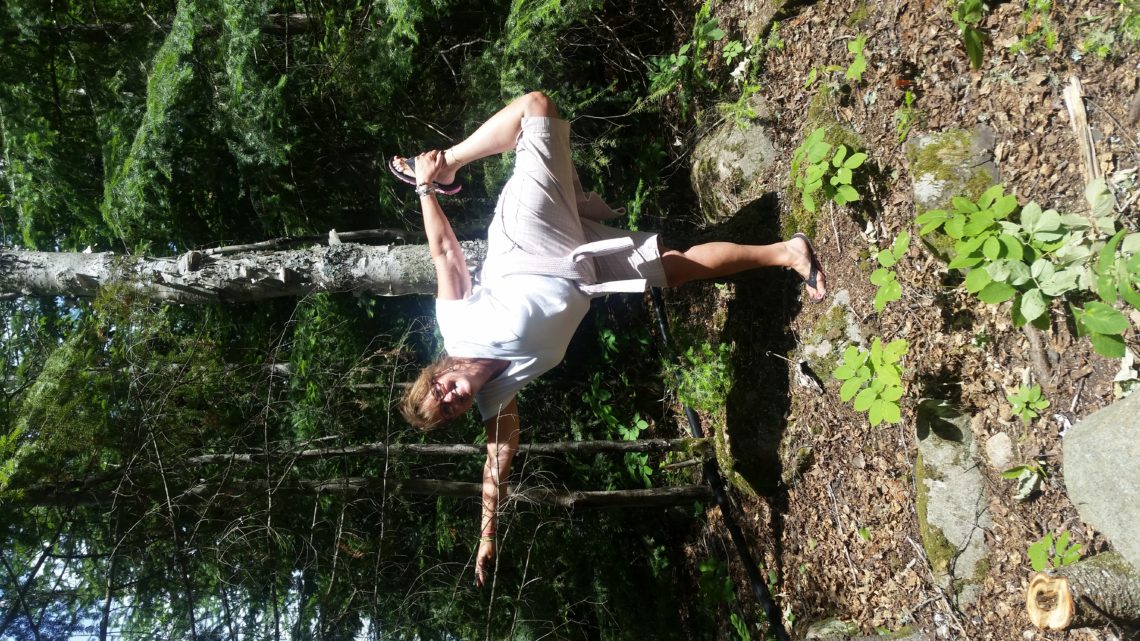
Scripture
Keep your heart with all vigilance, for from it flow the springs of life.
Proverbs 4:23
Spiritual Focus
“Not only do self-love and love of others go hand in hand but ultimately they are indistinguishable.” M. Scott Peck
Devotion
The book of Proverbs is probably the best self-help book ever written. It does not delineate laws we must follow in order to attain a higher status in God’s eyes (as though we could do so or God would require us to); instead, it points out paths that will lead us to healthy and holy living. One important lesson the proverbs teach us is that it is only when we exercise self-control that we will come to understand how to achieve healing and wholeness, to recognize God’s love for us.
Self-control is an integral practice of yoga. The yoga concept of brahmacharya is a discipline of self-control that leads to a moral life. The term, which translates literally as “walk with God,” is an invitation to see the sacred in everyday living—to fully and consciously BE ourselves. Yoga and scripture intersect in teaching us that we engage a mature sense of our authentic self by learning that self-love flows from God and may be accessed through the practice of self-control.
Another way to practice healthy self-love is to try to see yourself through the eyes of those people in the world who really love you. There is a tribe in South Africa that practices an unusual form of love for people who have acted criminally. They bring these individuals to the center of their town and for two days repeatedly tell them from a positive stance how they view them . . . how they love them. The outcome is often that the person begins to learn both about forgiveness and about self-love. In his “greatest commandment” (his concise summation of the spirit of the original ten), Jesus says, “Love God . . . and love your neighbor as yourself.” Loving God is a given for the believer, but to love our neighbor is impossible if we don’t first love ourselves.
Breath Prayer
Inhale | Keep
Exhale | My Heart
Focus Pose: Sivasana, which unfortunately translates to Corpse Pose, is one of the few requirements, besides breath-centered movement, of a yoga asana practice. Sivasana is yoga’s quintessential restorative pose, but it is much more than that. Sivasana “seals the deal” at the end of the practice, creating time and space for the lessons learned in practice to be absorbed, whether consciously or unconsciously. If only one pose can be practiced, the yogi elders advise, “let it be sivasana.” This week make this ancient wisdom your own. Pick a time and place outside your yoga class or home practice to just practice sivasana. To prevent the exercise from turning into a nap, bring your breath to the practice. Watch your inhalation and exhalation and bring your attention back to your breath whenever your mind wanders. Absorb the lessons surrounding you.


